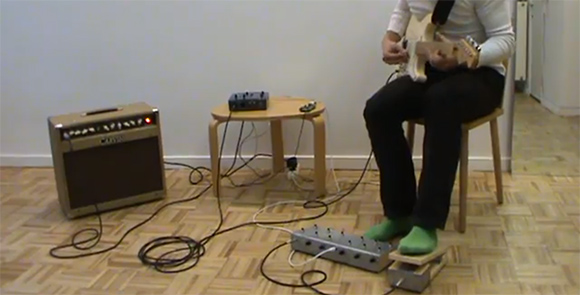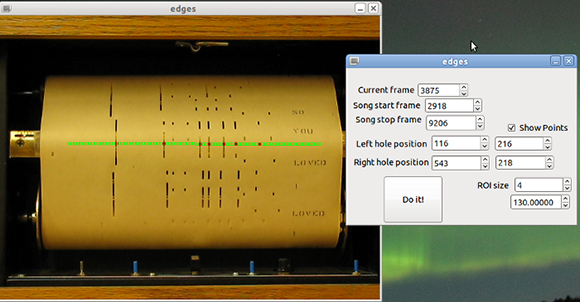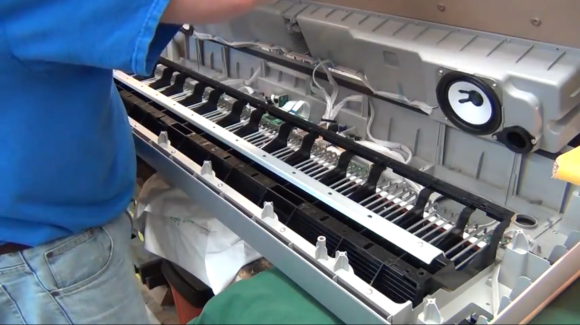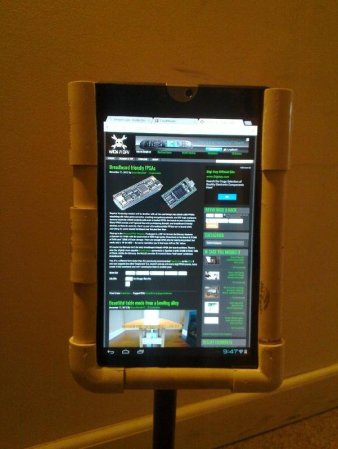One of the more interesting use cases for the Raspberry Pi is exploiting its DSP capabilities in interesting ways. There’s a lot of horsepower inside the Raspberry Pi, more than enough to do some very interesting things with audio, all while being powered by a small wall wart adapter. [Pierre] over on the Pure Data mailing list has a proof-of-concept working that uses the Raspi as a guitar effects processor. The results are very encouraging – [Pierre] is able to use his Raspi as a delay, pitch shifter, and of course a classic flanger, phaser, and chorus with a latency of about 16 ms.
There are a few steps necessary to get low latency with the Raspi’s audio interface. [Pierre] is running his Pi headless, and allocated more RAM to the CPU.
If you’d like to try this out for yourself, [Pierre] has a tutorial for setting up Pure Data with the Raspberry Pi. He’ll be updating his blog soon with more tutorials and verified USB audio interfaces later.
Check out the processor in action after the break.
Continue reading “Raspberry Pi Becomes A Guitar Effects Processor”

















